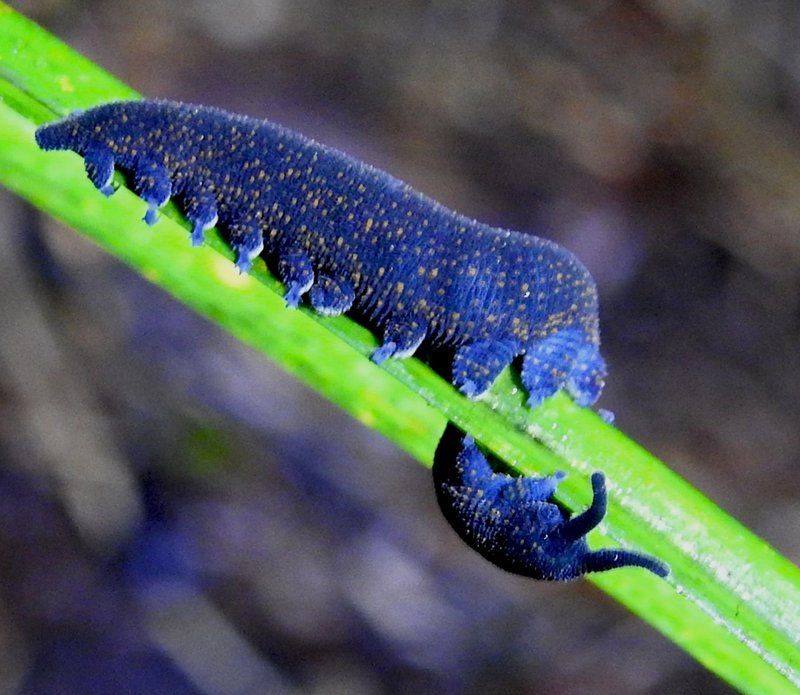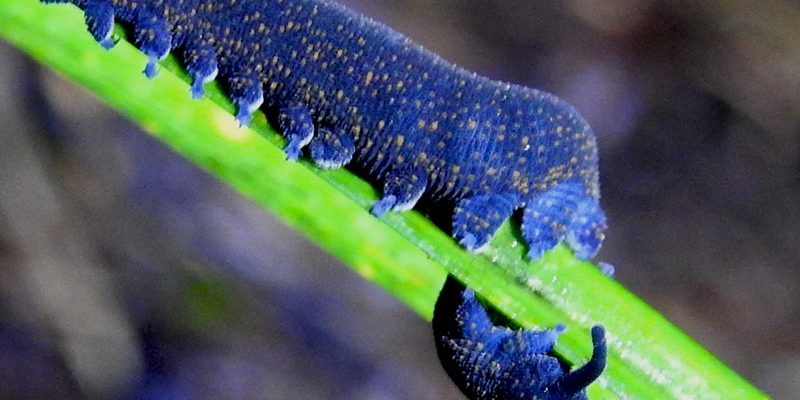
When we talk about ecotourism, it’s often about appreciating nature responsibly. Velvet worms, found in moist, tropical areas, are not just fascinating to observe but also come with a responsibility. They’re delicate creatures that play essential roles in their ecosystems, so it’s crucial to engage with them ethically. This article dives into how you can responsibly observe velvet worms while enjoying the wonders of eco-friendly travel.
What Are Velvet Worms?
Velvet worms, or *Onychophora*, are strange, soft-bodied creatures with a history that stretches back over 500 million years. They look like something straight out of a sci-fi movie, with a segmented body covered in tiny papillae, giving them a velvety texture. This unique appearance makes them quite popular among researchers and nature enthusiasts alike.
These fascinating invertebrates typically measure between 5 and 15 centimeters in length and can be found in humid environments where they thrive in leaf litter and under logs. Their diet primarily consists of small insects, which they capture using a remarkable slime that they can spit out to ensnare their prey. Honestly, the way they hunt is like watching a live-action nature documentary—mesmerizing and a little gross, but incredibly cool!
You might be wondering why they matter. These creatures are essential for maintaining the balance in their ecosystems. They’re both predators and prey, contributing to the food chain in significant ways. Their presence signals a healthy environment, which is why experiencing them in their natural habitat can be such a treat.
Why Velvet Worms Are Important in Ecotourism
Ecotourism is all about experiencing nature without causing significant harm to it. Velvet worms play a vital role in this by highlighting the beauty of biodiversity. When tourists are drawn to observe these creatures, it helps raise awareness about their habitats and the need to protect them.
By focusing on species like velvet worms, ecotourism encourages travelers to appreciate the smaller, often overlooked parts of the ecosystem. When people understand that these fascinating creatures exist, they become more invested in preserving their environments. This ripple effect can lead to broader conservation efforts that benefit whole ecosystems.
Moreover, observing velvet worms can lead to educational experiences that deepen our connection to the natural world. For instance, guided tours can provide insights into the roles these creatures play, helping travelers appreciate the intricacies of life that are often hidden from view. When you engage with nature sensitively, it builds a sense of stewardship—allowing people to feel a personal connection to preserving the environment.
How to Observe Velvet Worms Responsibly
If you’re intrigued by the idea of observing velvet worms, it’s crucial to do so responsibly. Here’s how you can ensure that your adventures are both exciting and ethical:
- Follow Local Guidelines: Always check for local regulations regarding wildlife observation. Many areas have strict rules to protect their ecosystems, and it’s essential to respect those.
- Use Minimal Disturbance Techniques: When exploring habitats, tread lightly and avoid disturbing leaf litter or logs where velvet worms might be hiding. Remember, these creatures thrive in undisturbed environments.
- Choose Ethical Tours: Look for ecotourism operators that prioritize responsible wildlife observation. They should emphasize education and conservation, and ideally have a deep understanding of the local ecology.
- Learners, Not Harassers: Take photos and videos, but avoid handling the worms unless absolutely necessary. Observable behavior from a distance is where the real magic happens.
By following these tips, you can help ensure that your velvet worm encounters are positive for both you and these unique creatures.
Experiencing Velvet Worms in the Wild
Seeing velvet worms in their natural habitat is an unforgettable experience. Buzzing rainforests in Central and South America, particularly in countries like Costa Rica and Ecuador, are famous for being prime velvet worm territory. Many eco-lodges and guided tours cater specifically to nature enthusiasts looking to spot these intriguing creatures.
Typically, tours operate during the wetter months when velvet worms are most active, as they prefer humid conditions. Imagine walking through the damp forest, your guide pointing out tiny trails in the leaf litter—these are the tracks left by velvet worms!
It’s also a great opportunity to see other wildlife, like colorful frogs and rare insects that share the same habitat. Each trip into the wild becomes a lesson about interconnectedness, showing how every creature, big or small, plays a part in the ecosystem.
Challenges for Velvet Worms and Their Habitat
Despite their fascinating nature, velvet worms face several threats that can impact their populations. The biggest challenges include habitat destruction driven by logging, agriculture, and urban development. As forests shrink, the delicate balance of these ecosystems can easily tip, making it harder for velvet worms to survive.
Climate change poses another significant threat. Altered rainfall patterns and temperature changes can affect the moist environments that velvet worms depend on. These shifts can lead to decreased populations and even extinction in extreme cases.
By participating in ecotourism, you’re helping raise awareness about these challenges. Understanding the pressures on velvet worms can inspire travelers to advocate for stronger conservation efforts. Every little action toward protecting these habitats contributes to their survival.
Connecting with Velvet Worm Conservation Efforts
If you’re passionate about velvet worms and want to contribute more actively, consider getting involved with local conservation efforts. Many organizations focus on protecting habitats that support these creatures, and your support can make a difference.
You can participate in citizen science projects, where you contribute to data collection and research. This might involve monitoring population sizes or habitats, giving you firsthand insight into the challenges and successes of conservation.
Another option is to educate others about the importance of velvet worms and their role in ecosystems. You never know who might be inspired by your enthusiasm—whether it’s friends, family, or fellow travelers—spreading the word helps protect these amazing creatures.
Velvet worms offer a unique glimpse into the wonders of nature, and observing them can be a rewarding experience. As you embark on your eco-adventures, remember the importance of doing so responsibly. By following guidelines to minimize your impact, you can enjoy these fascinating creatures while helping to ensure their survival.
Ultimately, appreciating the beauty of velvet worms—and by extension, their habitats—leads us to a deeper understanding of our world. Through ecotourism, we can foster a sense of connectedness and responsibility that echoes far beyond the rainforest. So, get out there, explore, and become a champion for the velvet wonders that share our planet!

